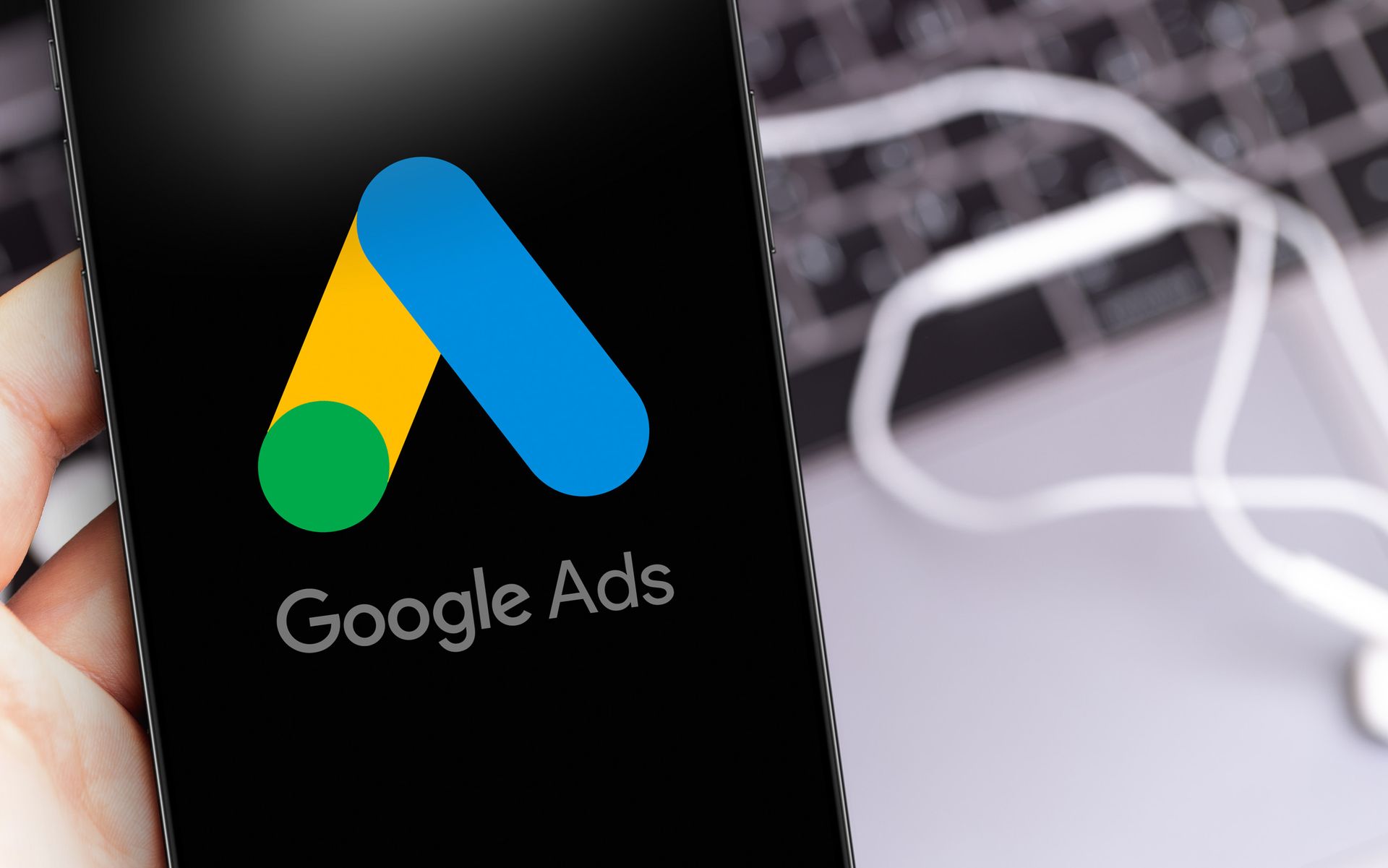Luminary Mark
Mastering Google Ads Budgeting for Maximum Impact
Are you tired of pouring money into Google Ads without seeing the results you hoped for? Crafting an effective budget plan can be the difference between a successful campaign and wasted resources.
If you’re a business owner or a digital marketer looking to maximize your return on investment (ROI), this guide is for you. We'll walk you through everything from setting realistic budgets to optimizing your ad spend for the best results.
Why Google Ads Budgeting Matters
Before we dive in, it's essential to understand why budgeting for Google Ads is crucial. A well-planned budget ensures that you’re not overspending while still reaching your target audience effectively. It helps you allocate your resources efficiently, making sure every dollar counts. Poor budgeting can lead to underperforming campaigns and lost opportunities.
Setting Your Initial Budget
When starting with Google Ads, determining your initial budget can feel overwhelming. Start small and increase your budget as you see positive results. Assess your overall marketing budget and decide how much you can afford to allocate to Google Ads. Typically, businesses dedicate around 5-10% of their gross revenue to advertising.
Understanding Cost-Per-Click (CPC)
One of the first terms you’ll come across in Google Ads is Cost-Per-Click (CPC). This figure represents how much you pay each time someone clicks on your ad. CPC varies depending on industry, keywords, and competition. High-demand keywords will be more expensive, so understanding CPC is essential for accurate budgeting.
Allocating Funds Based on Campaign Goals
Your campaign goals should guide your budget allocation. Are you aiming for brand awareness, lead generation, or direct sales? Each goal requires a different budget strategy. For example, brand awareness campaigns may need a broader reach and thus a larger budget, while lead generation might focus on a smaller, more targeted audience.
Seasonal Budget Adjustments
Certain times of the year may require you to adjust your Google Ads budget. For instance, retail businesses often need a higher budget during the holiday season. Analyzing historical data can help you predict when to allocate more funds for maximum impact.
Utilizing Smart Bidding Strategies
Google offers several smart bidding strategies designed to optimize your ad spend automatically. Options like Target CPA (Cost Per Acquisition) and Target ROAS (Return on Ad Spend) can help you achieve specific goals efficiently. These strategies use machine learning to adjust bids in real time, ensuring your budget is used effectively.
Monitoring and Adjusting Your Budget
Setting a budget is not a one-time task. Continuously monitor your campaigns and adjust your budget based on performance. Use Google Ads' built-in analytics tools to track key metrics like click-through rate (CTR), conversion rate, and ROI. If a campaign is performing well, consider allocating more funds to it.
The Importance of A/B Testing
A/B testing different versions of your ads can provide valuable insights into what works best for your audience. Run multiple ad variations and compare their performance. This practice helps you refine your ads and allocate your budget to the most effective versions.
Leveraging Geotargeting
Geotargeting allows you to focus your ads on specific geographic locations. This feature is especially useful for local businesses or campaigns targeting a particular region. By concentrating your budget on areas where your target audience is most active, you can maximize your ad spend efficiency.
Dayparting for Optimal Results
Dayparting involves scheduling your ads to run at specific times of the day or week. Analyze when your target audience is most likely to engage with your ads and adjust your budget accordingly. This tactic ensures that your budget is spent during peak engagement times, increasing the likelihood of conversions.
Setting Up Conversion Tracking
To measure the effectiveness of your budget, set up conversion tracking in Google Ads. This feature allows you to see which ads are driving valuable actions, such as purchases or sign-ups. With this data, you can allocate more funds to high-performing ads and improve your overall campaign performance.
Using Negative Keywords
Negative keywords are terms that you don't want your ads to appear for. By adding negative keywords to your campaigns, you can prevent your budget from being wasted on irrelevant clicks. This ensures that your ads are shown to the right audience, maximizing your budget’s impact.
Exploring Different Ad Formats
Google Ads offers various formats, including text, display, video, and shopping ads. Experiment with different formats to see which ones resonate most with your audience. Each format has its own strengths, and finding the right mix can help you make the most of your budget.
Conclusion
Mastering Google Ads budgeting is essential for any business looking to enhance its digital marketing efforts. By setting realistic budgets, understanding key metrics, and continuously optimizing your strategies, you can ensure that your ad spend delivers maximum impact. Remember, the key to successful Google Ads campaigns lies in careful planning, constant monitoring, and strategic adjustments.
Ready to take your Google Ads campaigns to the next level?
Start implementing these budgeting tips today, and watch your ROI soar. For any further assistance, Luminary Mark is here to help. Our team of experts specializes in crafting strategies that will help you thrive in the complex world of marketing.
Luminary Mark is a leading advertising agency in Pennsylvania. Reach out today to discover how we can help your brand shine brighter than the competition and deliver exceptional results. Don't wait for success to find you—be the luminary.
Luminary Mark
We are the premier digital marketing solution in Pennsylvania. Contact us today to get your free, no-obligation consultation!
Business Hours
- Mon - Fri
- -
- Sat - Sun
- Closed









